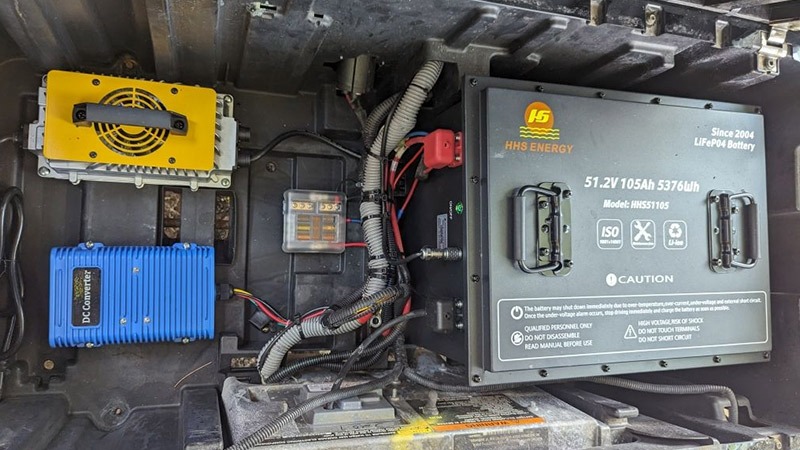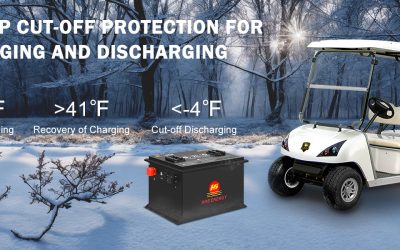⚡ Lithium Golf Cart Batteries Maintenance Tips: Keep Your Ride in Peak Condition

Lithium batteries have revolutionized golf carts—offering longer range, faster charging, and significantly lower maintenance compared to lead-acid models. But “low maintenance” doesn’t mean no maintenance.
Whether you’re cruising the fairway or using your cart for neighborhood errands, these simple maintenance tips will help you maximize performance, extend battery life, and protect your investment.
✅ 1. Charge Properly and Regularly
Even though lithium batteries don’t require full discharges before charging (unlike lead-acid), frequent top-offs are best.
-
Plug in after every use—even short trips.
-
Use the recommended lithium charger with proper voltage and communication protocols (if required).
-
Avoid draining the battery below 20% when possible.
🔋 Tip: Some lithium batteries include a Bluetooth app—use it to monitor charge level and battery health easily.
🌡️ 2. Monitor Temperature Extremes
Lithium batteries perform best in moderate temperatures (15–35°C / 59–95°F). Avoid charging in extreme heat or cold.
-
Never charge below freezing (0°C/32°F) unless your battery has a built-in heater.
-
If your cart is in long-term storage, keep it in a temperature-controlled area if possible.
🥶 Cold-weather users: Consider a lithium battery with a self-heating function to ensure safe winter charging.
🔌 3. Keep Connections Clean and Tight
Loose or corroded terminals can cause voltage drops or safety issues. Even lithium setups need occasional inspection:
-
Check terminals monthly.
-
Clean with a soft brush and baking soda/water solution if corrosion appears.
-
Make sure connections are tight—but don’t overtighten and damage threads.
🧰 Always disconnect the battery before performing maintenance on wiring.
💤 4. Use Proper Storage Practices
Storing your golf cart for a season? Take these steps:
-
Charge to 50–70% before storage (not 100% or 0%).
-
Power off the battery using the switch or disconnect cable if equipped.
-
Store in a dry area away from direct sunlight or freezing temps.
⏱️ Recharge every 2–3 months during long storage periods to prevent deep discharge.
📱 5. Use Battery Management System (BMS) Features
Most lithium batteries come with a built-in BMS that protects against overcharging, overheating, and deep discharge.
-
Choose a battery with smart BMS features, like Bluetooth monitoring or fault alerts.
-
If your BMS logs faults, don’t ignore them—check with your supplier or technician.
📲 A quality BMS is your battery’s insurance policy. Don’t skip it.
🔧 6. Avoid Overloading Your Cart
Lithium batteries can supply strong, steady power—but overloading your cart with too much weight or demanding hill climbs can overtax the system.
-
Check your battery’s continuous and peak discharge ratings.
-
Avoid high-current accessories without checking compatibility.
🧯 7. Safety First: Follow Manufacturer Guidelines
Never try to open, puncture, or modify a lithium battery. Follow brand-specific recommendations for:
-
Charging equipment
-
Installation
-
Resetting or rebooting the BMS (if needed)
🛠 Quick Maintenance Checklist
| Task | Frequency |
|---|---|
| Charge after every use | After each ride |
| Check connections/terminals | Monthly |
| Monitor battery app (if any) | Weekly |
| Store at partial charge | Before storage |
| Inspect for BMS faults | As needed |
⚙️ Final Thoughts
Lithium golf cart batteries are tough, efficient, and user-friendly—but a little care goes a long way. With these tips, your cart will stay in peak condition, season after season.





